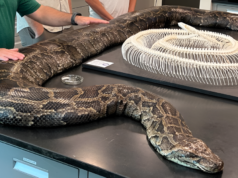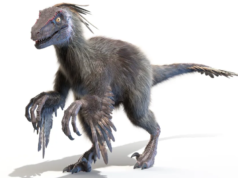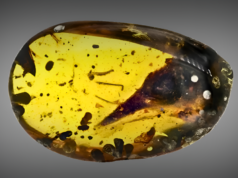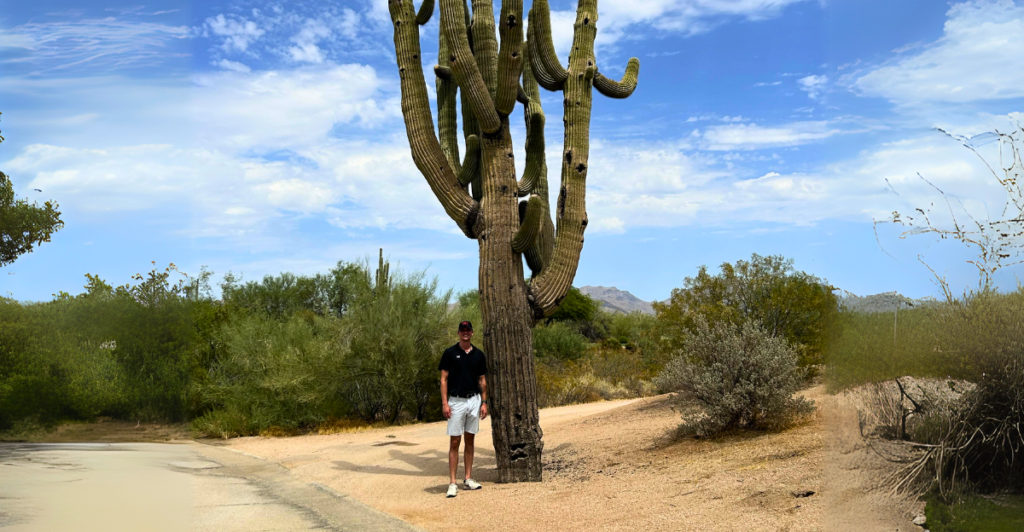
The arid landscapes of ancient America were home to various plants that sustained its earliest inhabitants. These plants not only provided food but also played a crucial role in their survival and cultural practices.
Mesquite
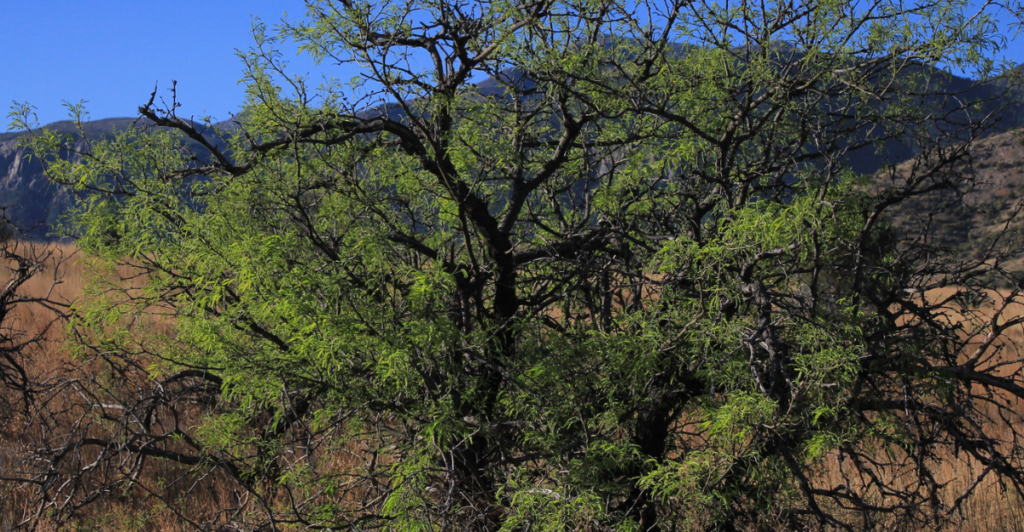
Mesquite trees were vital for early desert dwellers. Their pods are rich in carbohydrates and can be ground into flour. The wood is also valuable for fuel and construction, making mesquite a multifunctional resource for ancient peoples living in harsh environments.
Prickly Pear Cactus
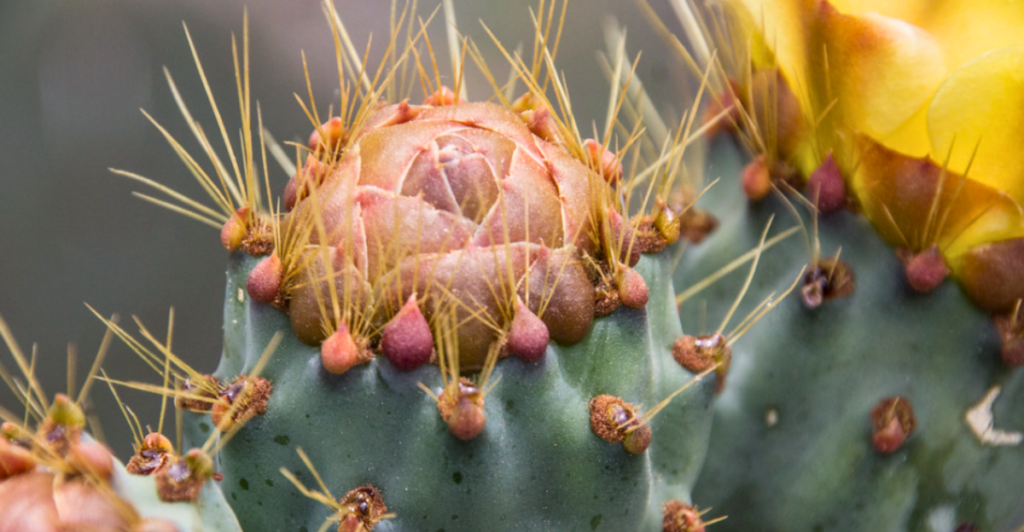
The prickly pear cactus is renowned for its edible pads and sweet fruits, known as “tunas.” Indigenous peoples harvested these parts for food, using them in various dishes. The cactus also provides hydration, which is essential in the dry desert climate.
Agave
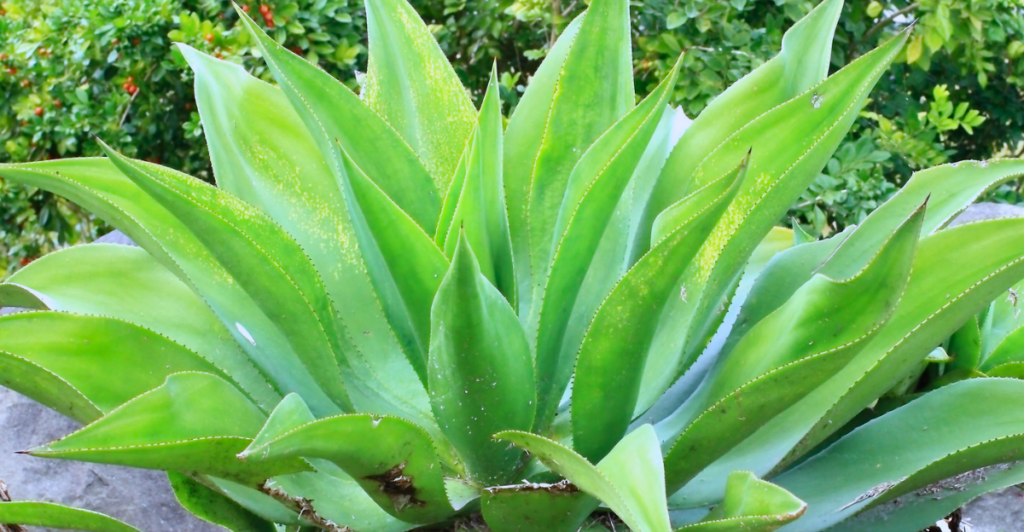
Agave plants were crucial for ancient diets. The hearts of agave, or “piñas,” can be roasted to produce a sweet, nutritious food source. Additionally, agave fibers were used to create textiles and ropes, showcasing their versatility.
Saguaro Cactus
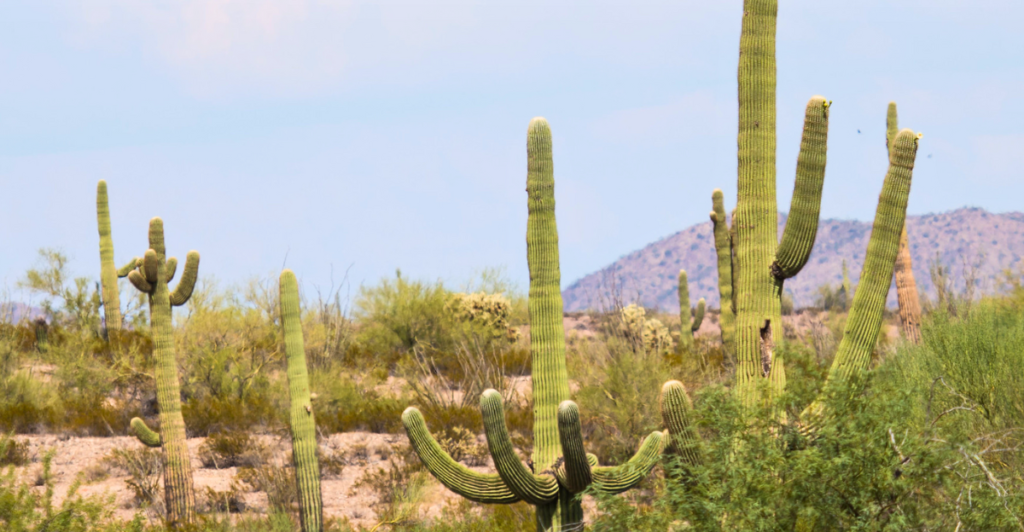
The saguaro cactus is iconic to the Sonoran Desert and was an important food source. Its fruits were harvested during the summer months and processed into syrup or jam. The saguaro’s ribs were also used in construction and crafting.
Cholla Cactus
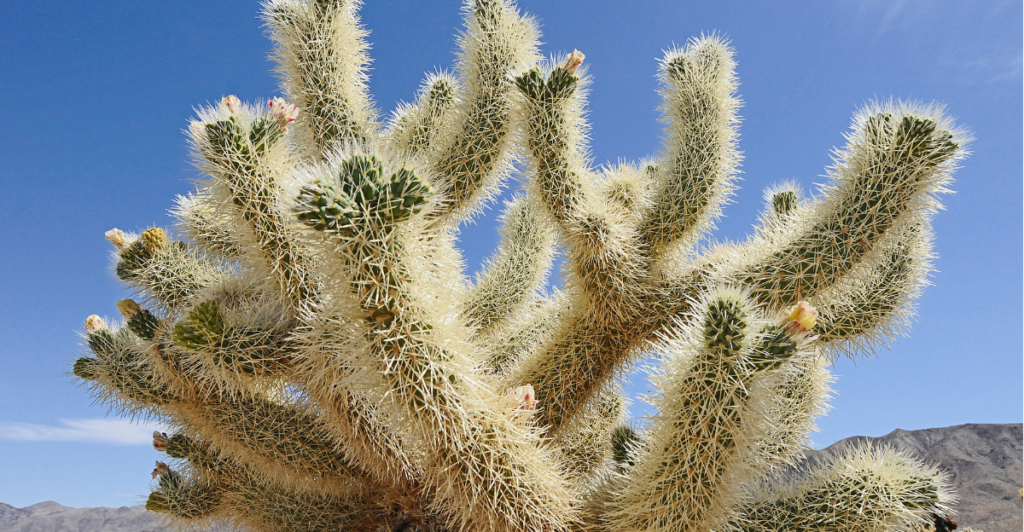
Cholla cactus pads are edible when cooked and provide vital nutrients. The flower buds can also be consumed, adding variety to the diet of ancient peoples. Cholla’s spines served as natural tools for various purposes.
Creosote Bush
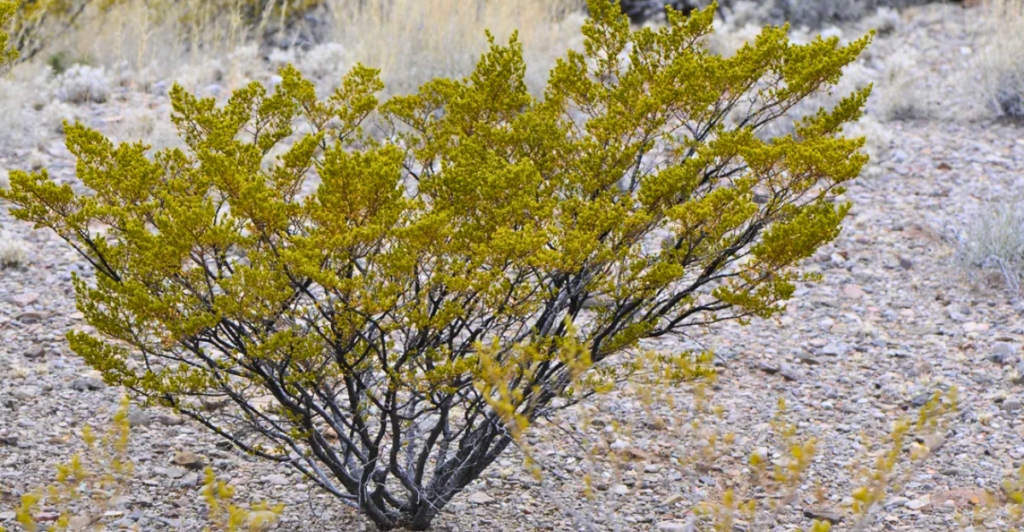
Creosote bush was valued for its medicinal properties. Its leaves can be brewed into a tea that is used to treat various ailments. Additionally, it played a role in cultural practices and rituals among early desert inhabitants.
Mesquite Bean
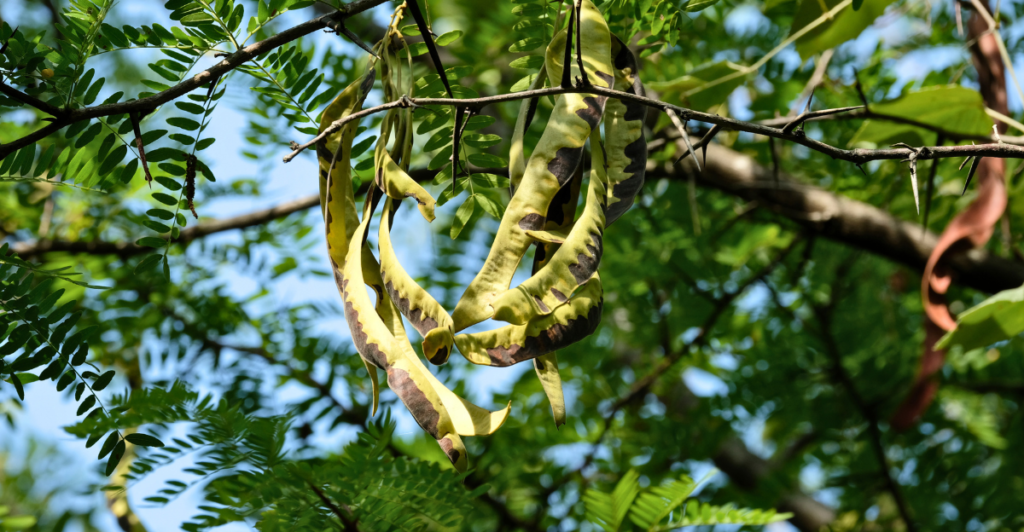
The mesquite bean is another important food source, providing protein and carbohydrates. Early inhabitants would grind the beans into flour or use them in stews, demonstrating the plant’s significance in their diet.
Desert Ironwood
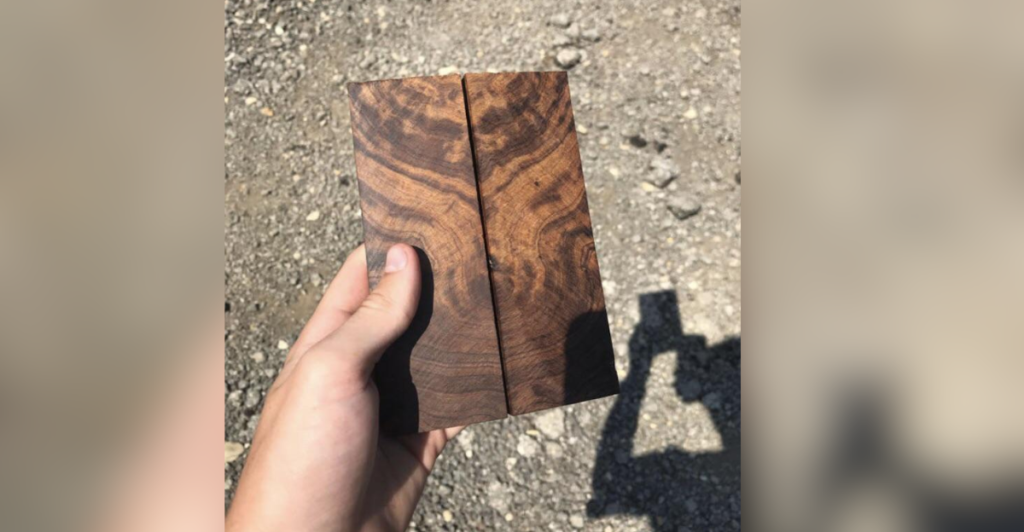
Desert ironwood is known for its dense wood, which was used for tools and construction. While not primarily a food source, its seeds were edible and contributed to the diet of ancient peoples living in arid regions.
Foothills Palo Verde
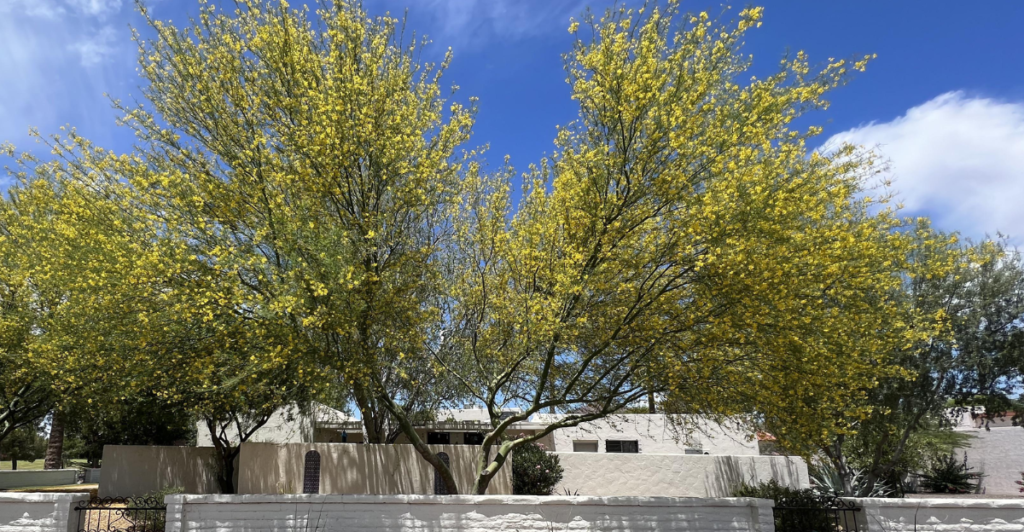
The palo verde tree offers edible flowers and pods that were consumed by early inhabitants. Its shade provided relief from the sun, making it an essential part of the desert ecosystem where people gathered.
Organ Pipe Cactus
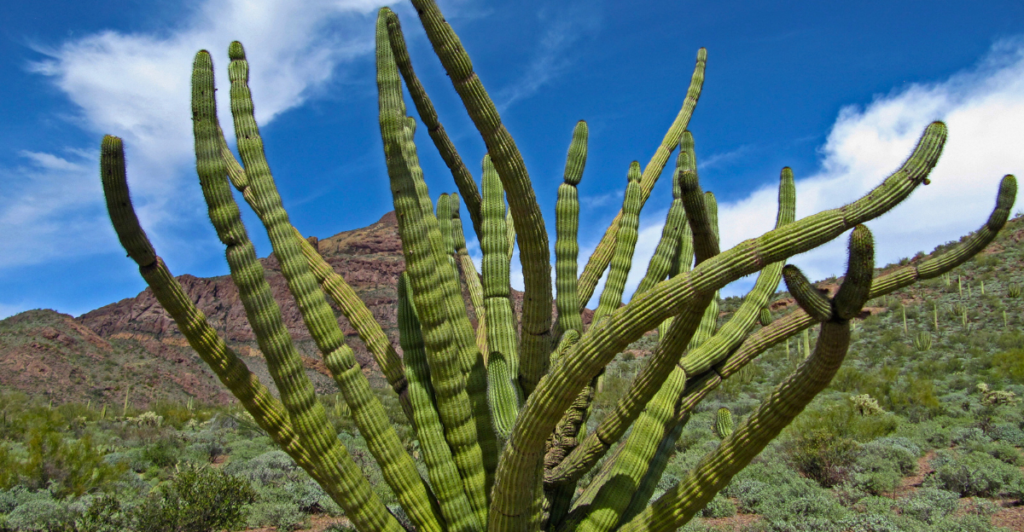
The organ pipe cactus produces sweet fruits that were harvested by indigenous peoples. These fruits could be eaten fresh or dried for later use, showcasing their importance as a food resource in the desert.
Yucca
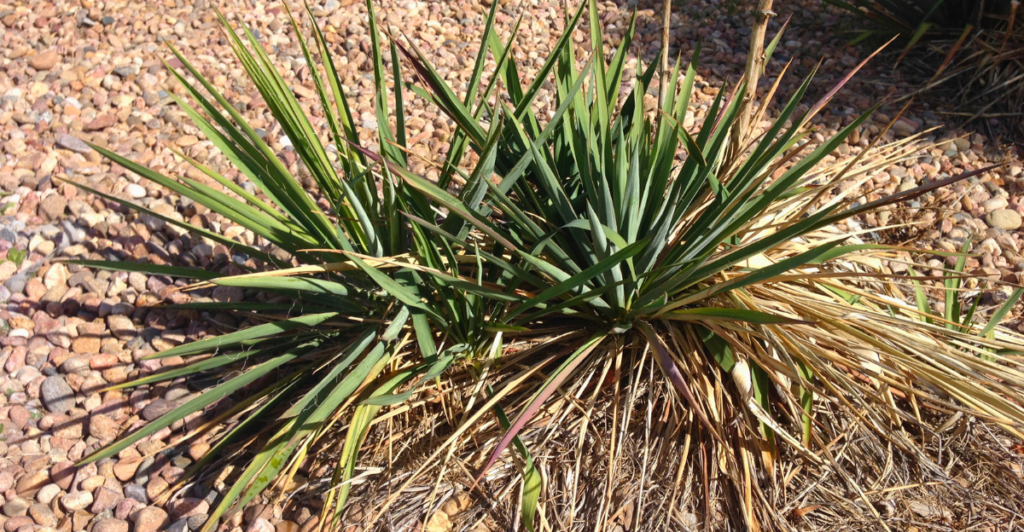
Yucca plants were essential to the diets of ancient desert inhabitants. The roots are rich in starch and can be cooked or ground into a flour-like substance. Additionally, the flowers and young shoots are edible, providing important nutrients. Yucca fibers were also used to make ropes and baskets, showcasing the plant’s multifunctional value in daily life.
Wild Sunflower
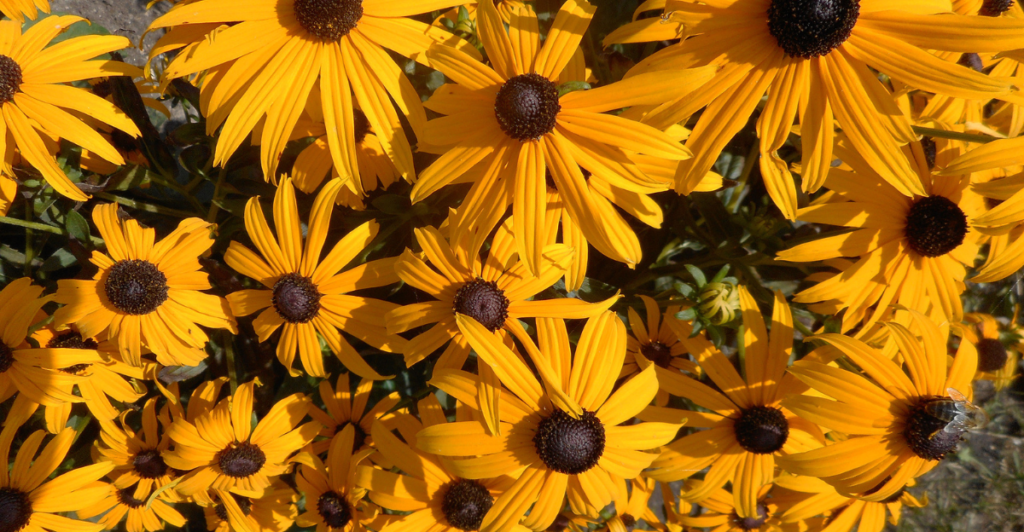
Wild sunflowers were an important resource for early desert communities. The seeds are high in protein and healthy fats, making them a nutritious food source. Indigenous peoples harvested the seeds for snacking or grinding into meal.
Disclaimer: This article was researched and written with the assistance of an AI and edited/fact-checked by a human.
Stay connected with us for more stories like this! Follow us to get the latest updates or hit the Follow button at the top of this article, and let us know what you think by leaving your feedback below. We’d love to hear from you!


